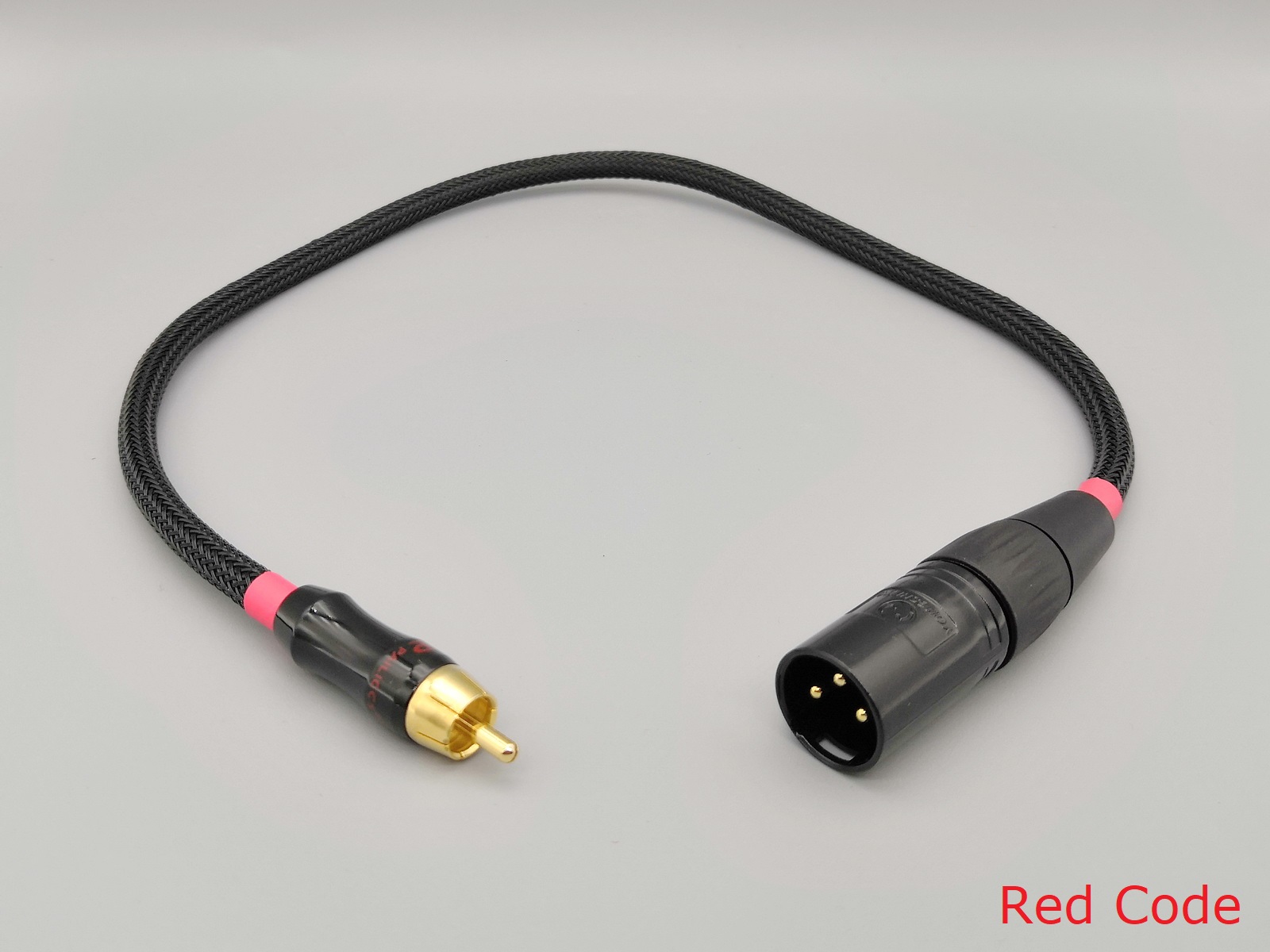So getting ready to order up some Buckeye amps. Knowing the formerly recommended Monoprice RCA-XLR cables are not wired correctly (google "Hypex Pin 1 Legacy Pin Problem pdf"), the search began for a proper/cost effective cable (without having to resort to DIYing them).
I searched Amazon all morning, and their offerings either had no pinout diagram at all, or they are miswired to interconnect the chassis of both devices through shield AND to the audio signal (which in turn introduces the entirely unavoidable possibility of unnecessary hum/noise).
Luckily I stumbled upon these. They are wired correctly (meeting the Hypex white paper pinout), and priced reasonably (note shipping is an unknown at this time as I have not ordered yet, nor is it known if the actual cables are built to diagram spec):
RCA(Male) to XLR(Male) interconnect cable (1pc) --- Choseal 4N-OFC (99.99%), high quality RFI and EMI protection

ghentaudio.com
Only one way to find out I guess....



